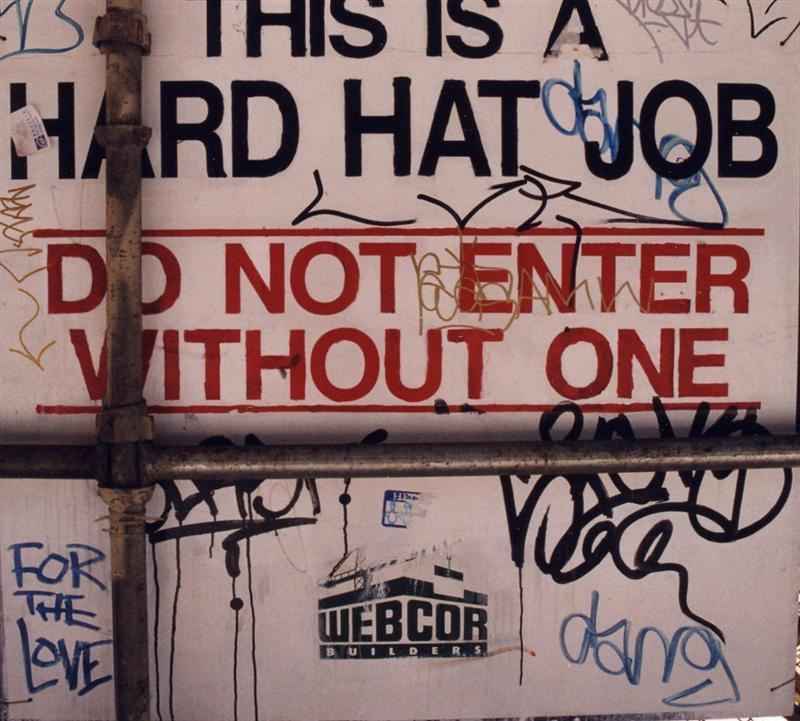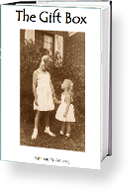Words and Pictures I: Childhood
Just so you know, any photo or visual art you see here is mine, unless otherwise indicated. Pictures are as essential to my creative work as words are. In fact, the two hold hands every step of the way.

Let me explain: I’ve always struggled between the language of words and the language of pictures. For any American child who grows up abroad, words can be problematic. My first language was Italian, but at the age of five I was transplanted to New York, where no one spoke Italian to me. My first three years of education were in German schools, but back in the US my teachers expected me to read and write in English.
I can tell you, my spelling was atrocious. Idioms confused me. And some words were simply inexplicable. One day at school, the children called me a Nazi, a word I’d never heard before. I went home and asked my mother what it was. She frowned, stroked my hair and suggested I go draw in my sketchbook. That was easy, so I drew and painted, something I enjoyed and did well. Something everyone understood.
But it wasn’t that simple, because words were currency in my family. All of us loved to talk, to write, to read. My father’s degree was in English, my mother’s in drama. I began my first novel – a terrible copy of the popular novel Gidget – when I was twelve. My sister wrote plays, which the rest of us performed for family and friends. My brothers wrote, too, and then moved on to songs, which they eventually recorded. The dinner table was a wild cacophony of talk — brilliant, silly, loud, irreverent. My sister and I tacked a poster board on the back of the door in the room we shared, following the example of a character in a J. D. Salinger story. Here we recorded our favorite lines from the books we read, and I can still remember some of them:
Scarlet O’Hara was not a beautiful woman.
Maggie, girl of the streets, bloomed in a mud puddle.
However, we also shared a bulletin board devoted to pictures, many clipped from Life magazine, Newsweek or Time. I remember one of an injured soldier in Vietnam, and another of Grace Metalious, who wrote Peyton Place, sitting on the floor, typing on a small portable typewriter. In my memories, the lines from the books and the images from the magazines are inseparable.
My childhood was an illustrated tale: words and pictures on every page.

Next time, Words and Pictures II: Growing Up
You can follow any responses to this entry through the RSS 2.0 feed. You can leave a response, or trackback from your own site.






Wow! Such an enriching childhood. You were very blessed.
I thank my mom every day for taking me to Summer Reading at the library. That was enough to spark a love of literature, but not to inspire the creativity…
Thanks, Barb. It had its pleasures, for sure. Parental influence is a mighty force, for good and for … not so good.
[…] is the last installment on this topic, continued from Words and Pictures I: Childhood and Words and Pictures II: Growing […]
Hi Kathleen,
I have just stumbled upon your blog as I was searching for images for hard hats.
First, I love your story. I can very much relate to that, as I as born and raised in Brazil then moved to the United States at the age of fifteen. I’m half Italian, and let’s just say I love to talk and meet new people. However, I didn’t for the first two years I lived here.
On another note, my message to you has other intentions. I’m right now working at a cement plant doing renovations for several rooms at their plant. I came across your image that says “this is a hard hat job. Do not enter without one.” I would like to use that image, with your permission, to display it at the reception area.
I would like to make a few changes to it before I can use it by erasing some of the words it has spray painted on.
Let me know your thoughts.
Thanks for your comments, Emmanuela. You certainly seem to understand the rigors of moving around and getting to know new cultures — it can be enriching, but also challenging. [I have written you via email to discuss use of the image; thanks for asking.]